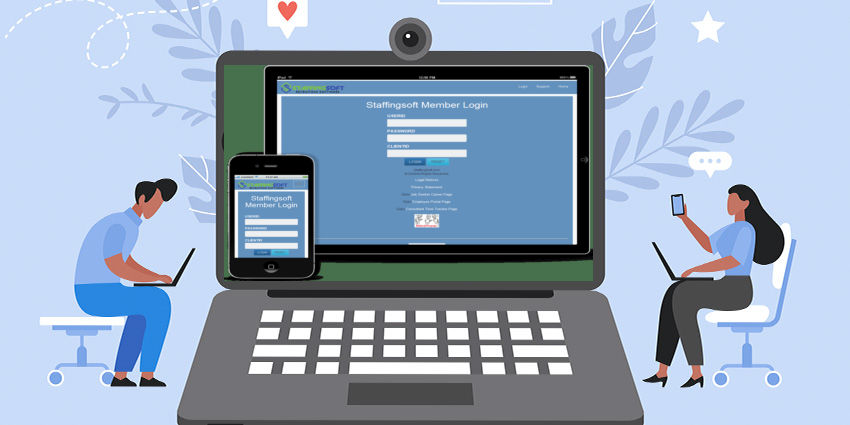Hiring the talent is crucial for any organization, as it directly impacts the organization’s success. The hiring process can be complex involving many stakeholders and decision makers across departments.
This is where staffing software comes into play. By offering features and tools staffing software promotes collaboration among hiring managers recruiters and HR teams. It streamlines decision making and enhances efficiency in the hiring process.
In this blog post we will explore how staffing software revolutionizes hiring by improving collaboration and decision making capabilities.
-
Consolidating Communication and Information Sharing
One key advantage of using staffing software is its ability to centralize communication and information sharing. Of relying on scattered emails phone calls or physical documents all stakeholders can access a platform.
This enables real time communication, between hiring managers, recruiters and HR teams while seamlessly sharing resumes, job descriptions and feedback. Such collaboration eliminates delays by ensuring everyone stays updated and expedites the decision making process.

-
The collaborative hiring process
Staffing software plays a role, in facilitating a hiring process. It provides a framework that brings together all stakeholders involved. Recruiters can easily create job requisitions using templates ensuring that the requirements and expectations are clearly communicated.
Hiring managers and HR teams can then. Provide feedback establishing expectations right from the start. The software enables task management between recruiters and hiring managers allowing for evaluation of applicants and streamlined decision making.
-
Access to data and analytics
In today’s data driven world having access to insights is incredibly valuable. Staffing software offers analytics. Reporting features that enable data driven decision making.
Hiring managers and HR teams can track performance indicators like time to hire cost per hire and candidate quality to identify areas for improvement in the recruitment process.
By leveraging data and analytics collaboration among stakeholders can be guided by insights reducing bias and enhancing efficiency.
-
Integration with Applicant Tracking System (ATS)
Staffing software often integrates with an Applicant Tracking System (ATS) making it more powerful in streamlining the hiring process. ATS integration allows for flow of candidate data and information, across stages of the hiring process.
Recruiters have the convenience of tracking and managing candidate applications while hiring managers and HR teams can review candidate profiles and offer feedback through the software interface. This integration eliminates the need, for data transfers reduces workload and enhances coordination for decision making.

-
Transparent Decision Making
By enabling collaboration and centralizing information sharing staffing software promotes transparency in the decision making process. All stakeholders can access candidate profiles, interview notes and feedback ensuring that decisions are well informed and based on consensus.
With transparency hiring managers recruiters and HR teams can make more accurate decisions while minimizing the risk of misjudgment or bias.
Conclusion
Efficient collaboration among hiring managers recruiters and HR teams plays a role in talent acquisition. Staffing software acts as a catalyst for decision making processes. Enhanced overall efficiency, in hiring procedures.
By facilitating communication centralization providing workflows enabling data driven decision making capabilities integrating with ATS systems effectively while promoting transparency throughout the process. Staffing software revolutionizes how organizations hire employees.
Embracing staffing software empowers organizations to attract talent while achieving their organizational objectives effectively.

